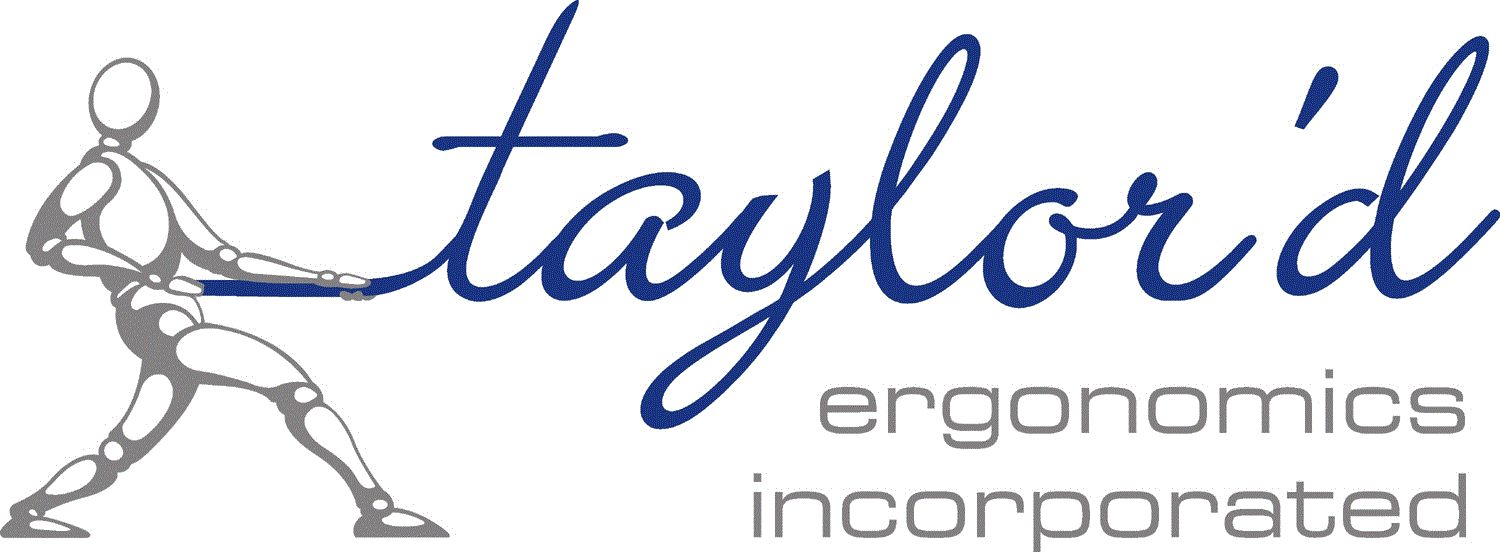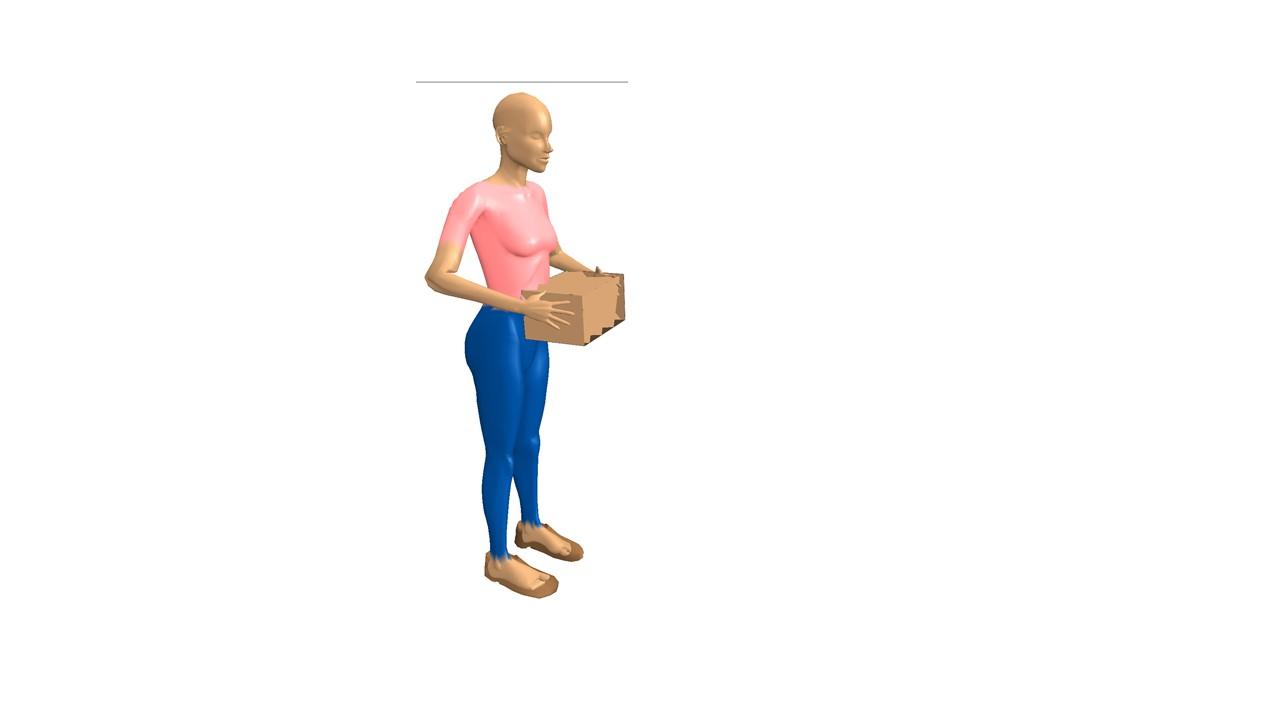It’s a very straightforward tip: keep your hands close while lifting. This is quite likely the most important lifting technique, since the loads on the back increase exponentially as the load is moved further away. But how do experienced manual handlers actually carry it out? Is it really as simple as lifting from the closest spot on the box or tote? Of course not. Try to pick up a box by lifting its closest edge. If you grab the box by the bottom, the box will rotate out of your grasp. If you lift from the top edge of a box, you’ll have really high gripping demands that won’t be sustainable.
What does “lift with your hands close” really mean, to employees and employers?
- If you, the worker, can walk closer to the load, do this! Sometimes this will mean more walking in your job, and it’s understandable that you might be reluctant to do this. But back injuries associated with walking and carrying are rare. Prioritise the safety of your back over a few steps saved.If you, the employer, can set up the load for the employee so s/he can walk closer to the load, then do this! Where possible, space pallets so that people can step around them, or so they can rotate the pallet on a turntable.
- If you, the worker, can slide the load closer to your body before lifting it, do so! If you, the employer, can ensure that the loads will slide on each other, then the lifting task can be easier. Waxed boxes, slip sheets, boxes with handles, and smooth (not nesting) crates can help.
- If you, the worker, can hold the load against your body while you lift and carry it, then the load will be easier to transport. If you, the employer, provide aprons or uniforms for employees to wear, then they won’t be concerned about ruining their clothing. Keep loads as clean, smooth, and comfortable to grip and hold as possible
- If you, the worker have to lift an object out of a container, use the resources available to you to bring it as close as possible. If the container will tilt, the load might be brought closer. If the container will open to allow you to more easily reach or step in, use these features. If you have a rake to pull items closer, use it! If you, the employer, can provide the mechanical means to bring loads closer, the risk of back injury will be reduced. Roller racks, tilt tables, custom walk-in racks, drop fronts, rakes, lifting straps, and other assistive tools will help to bring loads closer. Design containers to orient heavy awkward parts to minimise forward reach.
Lifting techniques are rarely the sole responsibility of workers – employers have an obligation to do whatever they can to reduce the risk of back injury in the workplace. Let us help you to explore ways that your workplace could be made safer. And then let us train your employees to use the many safe lifting tips that have proven useful in preventing back injuries.


